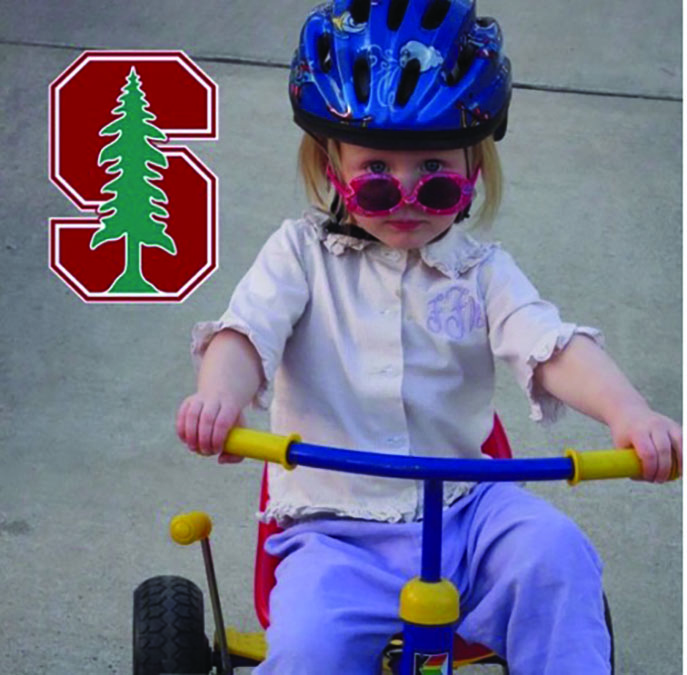Academic Council pilots algorithm for summer reading.
On April 10, Academic Council President Elizabeth Guo reached out to Upper School Mathematics Teacher Rachel Grabow to apply her computer science skills to revamp the process of assigning students’ summer reading books.
Each year Upper School students are required to read a book during the summer from a list compiled from teachers’ recommendations. Every August during the first week of school, students assigned the same book meet in groups to discuss what they read.
In past years, Academic Council manually assigned each student to a book group based on their preferences. After the students filled out the Survey Monkey with their top requests, Academic Council printed out each student’s requests and highlighted their top three choices. Then, in a Microsoft Excel sheet, they would assign students to their first choice, if the book group wasn’t already full, while also balancing the amount of students from each grade in the book group.
However, this process was neither easy nor efficient.
“It would be our main project from around mid April to the rest of the school year,” Guo said. “Sometimes we would figure out that one person didn’t fit somewhere so we would have to reorganize a lot of other people as well.”
English teacher and Academic Council sponsor Jennifer Boulanger remembers when former Academic Council President Catherine Jiang ‘16 would have to dedicate a majority of her free time to organizing the book groups during the stressful AP exam season.
“It was a challenge for the Academic Council,” Boulanger said. “The time that was dedicated to putting this together was admirable because [the Academic Council] would be [at Hockaday] for hours working with spreadsheets.”
Therefore, Guo wanted to find a more efficient and fair way to assign summer reading. She decided to make an algorithm that would process the students’ requests in the order of submissions and automatically sort each student as the program went down the list.
So in April, after her AP Calculus BC class, Guo discussed her idea with Grabow and asked for her help.
Within an 80 minute class period, Grabow wrote a code that will ultimately take the students’ requests from a Google Forms survey and organize the summer reading lists.
“I used what we did in my AP Computer Science class,” Grabow said. “What I did is nothing more than what any of my students could do by the end of the year.”
Guo and Grabow are still working on the logistics of the program to add another layer of complexity that would make sure that each book group is a mix of students from different grades to ensure that the groups are diverse.
Before using the algorithm on the entire Upper School and for summer reading, Guo hopes to do a trial run of the program in order to verify that the algorithm is taking in the information from the Google Forms and spitting it out correctly.
Since this algorithm will speed up the summer reading process, the Academic Council will be able to use the extra time to work on other projects.
“It’d be nice to organize and plan some Academic Council things at the end of this year, so [Academic Council] can get them on the calendar for next year,” Boulanger said.
Boulanger hopes that the Academic Council will use more modern technology in the future to help transform other projects like HockaTalks and the JRP Panel to model academic conferences at the collegiate level.
On May 11, Guo sent out the book list with all the possible summer reading choices like “A Time to Kill,” “The Immortal Life of Henrietta Lacks” and “The Zookeeper’s Wife: A War Story.”
Monday, May 15 marked the implementation of the new algorithm to sort summer reading putting an end to Academic Council manually dividing students among the summer reading book options.
Maria Harrison – Features Editor








